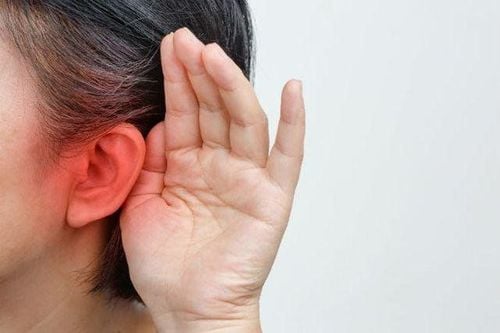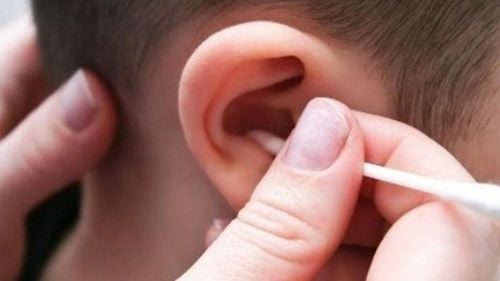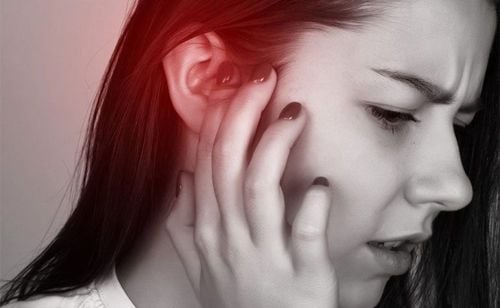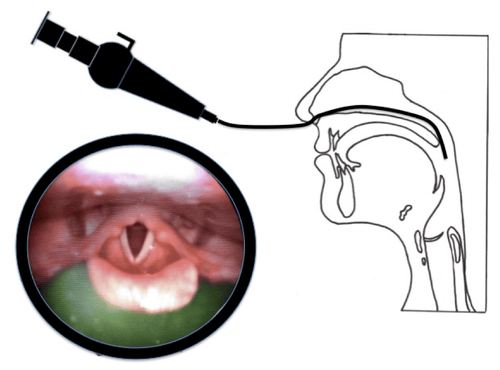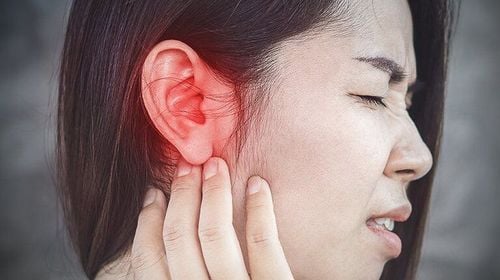This is an automatically translated article.
The article was professionally consulted by Specialist Doctor Doctor of Otolaryngology - Department of Medical Examination and Internal Medicine - Vinmec Hai Phong International Hospital.
Have you ever been in a situation where your earlobe is red, swollen, painful, even pus? These are most likely signs of otitis externa. The following article will provide more detailed information about this disease, helping people to understand correctly and enough to prevent and treat effectively if unfortunately contracted.
1. What is otitis externa?
First of all, to understand what is otitis externa, we need to determine the exact location of the auricle. As many of you know, the pinna, also known as the pinna, is part of the outer ear. The function of the ear flap is to help us receive sound from all sides without having to move our ears or turn our heads. Having a structure consisting of cartilage, muscles and ligaments, so that the cartilage of the ear is usually flexible, tough and has a certain elasticity. This is also the part that is often exposed to the outside environment, so this part has a relatively high risk of infection. Ear cartilage disease is an infection of the tissue that surrounds and nourishes the cartilage in the ear canal. Symptoms of people with this disease are: Red, swollen, painful, pus or discharge in the ear canal. In some severe cases, patients may have fever or ear structure deformities.
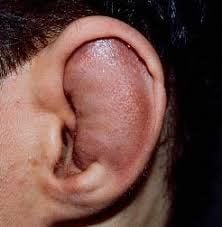
2. Causes of ear cartilage inflammation
According to doctors, the most common cause of ear cartilage inflammation is infection with Pseudomonas aeruginosa. In addition, infection after ear surgery, ear piercing, or trauma to one side of the head is also the cause of this disease.
3. How to treat ear cartilage inflammation?
The most common treatment for otitis externa is the use of antibiotics. After accurately diagnosing the patient with otitis externa, the doctor will prescribe a specific antibiotic to ensure quickly overcoming the inflammation. Depending on the patient's health condition, the doctor will prescribe oral antibiotics or intravenous antibiotics for the patient.
In case the patient's condition is severe, pus appears, doctors will have to request surgery to drain the fluid.

4. How to prevent ear cartilage inflammation?
Although the disease is not too dangerous, if it is contracted, it will cause uncomfortable pain, inconvenience and affect the patient's life. Even in some severe cases, if not treated promptly, it can affect hearing. Therefore, each of us needs to be self-aware to prevent ear cartilage inflammation.
Limit ear piercing on the ear cartilage to reduce the risk of serious complications in the ear cartilage. In some cases of force majeure such as an injury that we cannot foresee, cleaning and keeping the ear cartilage from getting infected is something we can completely do.
Right now, if you notice unexpected signs on your ear cartilage such as redness, pain to the touch, even festering, you need to quickly go to the nearest medical facility for examination and treatment. timely treatment. Hopefully, the information about otitis externa brought in this article will help you better understand this disease and proactively prevent it. Wish everyone know how to love and take care of their own health.
Please dial HOTLINE for more information or register for an appointment HERE. Download MyVinmec app to make appointments faster and to manage your bookings easily.




